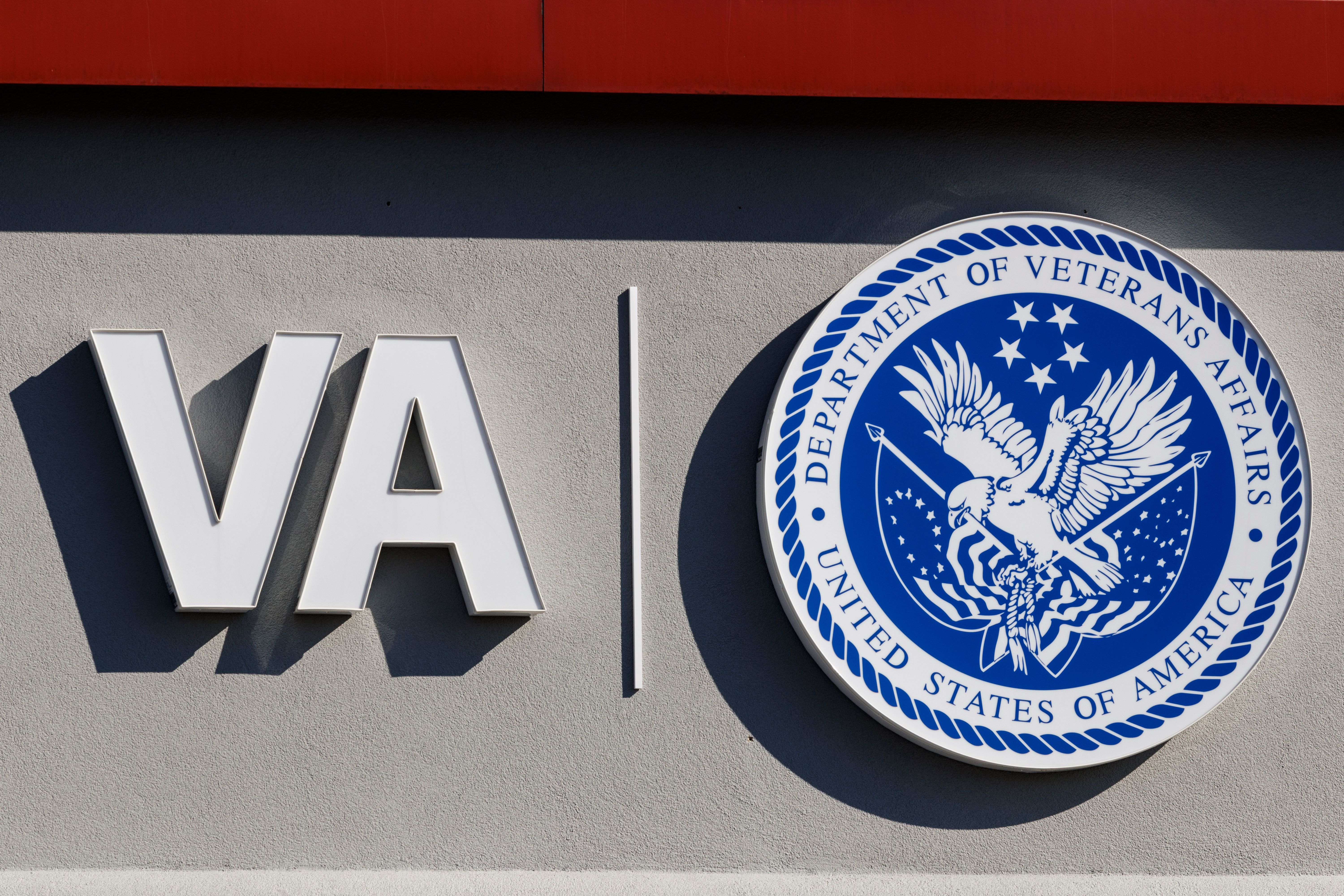- Center on Health Equity & Access
- Clinical
- Health Care Cost
- Health Care Delivery
- Insurance
- Policy
- Technology
- Value-Based Care
Supplemental Dental, Vision Benefits May Not Justify MA Payments for VA-Covered Veterans
Veterans primarily receiving care through the Department of Veterans Affairs (VA) similarly used dental and vision services under Medicare Advantage (MA) and traditional Medicare, challenging the justification for full MA capitated payments based on supplemental benefits.
Paying Medicare Advantage (MA) plans current annual capitated rates to cover veterans whose care is primarily paid for by the Department of Veterans Affairs (VA) may not be fully justified by supplemental vision and dental care benefits, as related visits and costs were similar between veterans enrolled in MA and those in traditional Medicare (TM).1
The authors of a JAMA research letter noted that veterans with VA benefits are increasingly enrolling in MA insurance plans. Although MA receives approximately $12,000 annually in capitated payments per enrollee, about 1 in 10 veteran enrollees have no Medicare services paid for per year by MA.2,3
Despite raising concerns about duplicative federal spending, MA plans maintain that annual payments for veteran enrollment are justified by the additional coverage of dental and vision services not typically provided by the VA or TM.1 However, spending and utilization for these services among veterans enrolled in MA vs TM are poorly understood.
Veterans primarily receiving care through the Department of Veterans Affairs similarly used dental and vision services under Medicare Advantage (MA) and traditional Medicare, challenging the justification for full MA capitated payments based on supplemental benefits. | Image Credit: jetcityimage - stock.adobe.com

To address this gap, the researchers conducted a cross-sectional study comparing risk-adjusted visits and spending on dental and vision services among veterans with VA coverage enrolled in MA vs TM, adjusting for age, sex, chronic conditions, and race and ethnicity. They used data from the Medical Expenditure Panel Survey, the most comprehensive data source on health care costs, utilization, and insurance coverage in the US.4
The researchers estimated visits and spending using Tweedie generalized linear models with an identity link to address zero inflation and the right-skewed distribution of health care expenditures.1 The models included fixed effects for year and region, applied survey weights to produce nationally representative estimates, and adjusted standard errors for clustering within the survey data.
Between 2018 and 2021, the researchers identified 468 unique veterans enrolled in MA (675 person-years) and 651 in TM (1097 person-years), representing 1,551,863 and 2,359,268 veteran-years, respectively, after applying survey weights. They discovered no significant differences by age, race, or sex between the 2 groups.
The total number of risk-adjusted dental visits was similar between veterans enrolled in MA and TM (difference –0.02; 95% CI, –0.23 to 0.19), as was total risk-adjusted yearly spending (difference, $21.9; 95% CI, –$150.0 to $193.7).
The researchers found that Medicare spending on dental services was notably higher for veterans enrolled in MA ($81.8) than those in TM ($0.1; difference, $81.7; 95% CI, $36.1-$127.2). However, when accounting for TM enrollee spending through private insurance payments, total annual dental spending was comparable between the groups.
Similarly, no significant differences were found in the total number of risk-adjusted vision visits (difference, 0.11; 95% CI, –0.8 to 0.31) or yearly spending (difference, $100; 95% CI, –$245.9 to $445.8) for veterans enrolled in MA vs TM. In contrast, Medicare spending on vision aids was slightly higher for veterans enrolled in MA than those in TM (difference, $6.3; 95% CI, $2.0-$10.5).
Lastly, the researchers acknowledged their study’s limitations, including a small patient sample that limits generalizability to community-dwelling veterans. Another limitation was its observational design, limiting causal inference. Despite these limitations, they expressed confidence in their findings and proposed potential solutions.
“…these findings suggest that paying MA plans current annual capitated payment rates to cover veterans whose medical care is primarily paid for by the VA may not be fully adjusted by supplemental vision and dental care benefits,” the authors concluded. “To address this potentially duplicative spending, federal policymakers could reform MA and VA reimbursement to better align with the care veterans receive.”
References
- Beckman AL, Dai D, Elani HW, Cai CL, Orav EJ, Figueroa JF. Dental and vision services among veterans in Medicare Advantage vs traditional Medicare. JAMA. Published online May 15, 2025 doi:10.1001/jama.2025.7753
- Ramsay C, Jacobson G, Findlay S, Cicciello A. Medicare Advantage: a policy primer, 2024 update. The Commonwealth Fund. January 31, 2024. Accessed May 22, 2025. https://www.commonwealthfund.org/publications/explainer/2024/jan/medicare-advantage-policy-primer
- Ma Y, Phelan J, Jeong KY, et al. Medicare Advantage plans with high numbers of veterans: enrollment, utilization, and potential wasteful spending. Health Aff (Millwood).2 024;43(11):1508-1517. doi:10.1377/hlthaff.2024.00302
- Medical Expenditure Panel Survey. AHRQ. Accessed May 22, 2025. https://meps.ahrq.gov/mepsweb/
